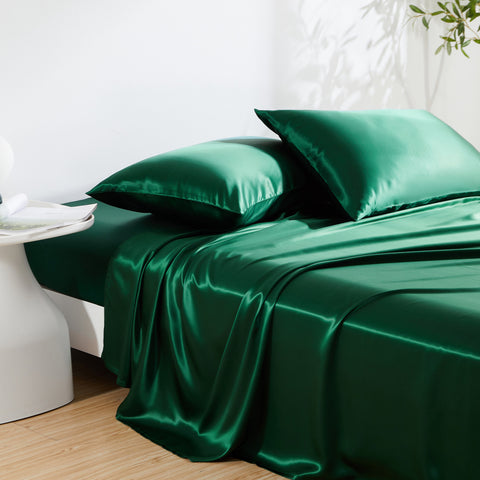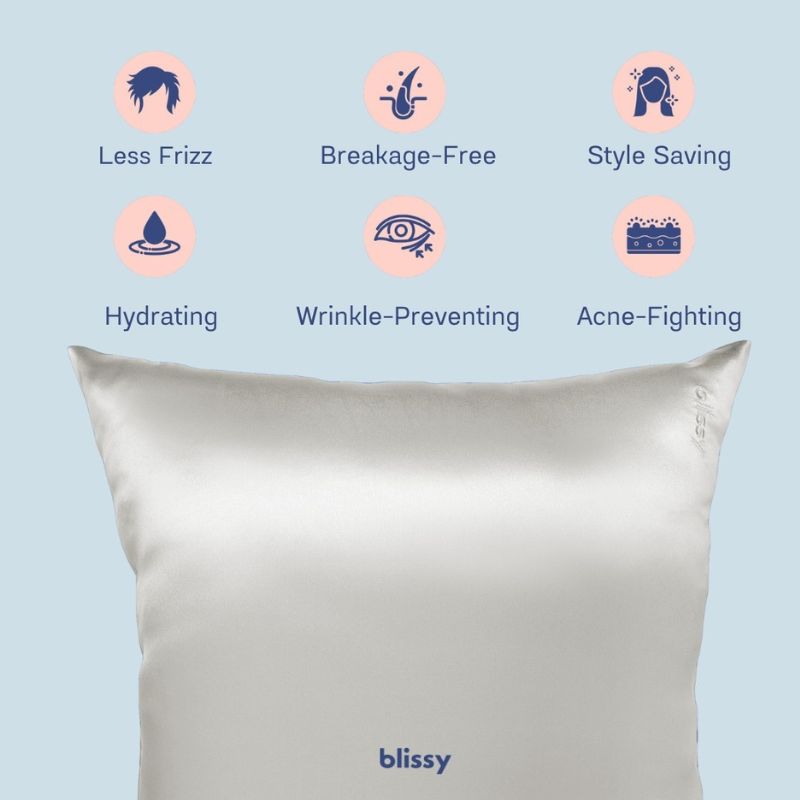So what is the difference between mulberry silk and 'normal' or 'wild' silk?
The humble mulberry leaf is a critical contributor to the delicious mulberry fruit and the luxurious mulberry silk. Those leaves are the photosynthesis engines that nourish the plant and allow it to produce its delicious berries. But those leaves are also the food source for the mulberry silkworm, whose cocoons are the actual source of mulberry silk.

Silkworms that eat mulberry leaves create the best quality silk with the highest value. It is the quality of the silkworm cocoon that determines the quality and value of the silk 'quilt'.
Currently, you can find many different types of 'silk' on the market: fake silk, tussah silk, silkworm silk, and the best quality of all, mulberry silk.
Mulberry silk quality is at its finest when the cocoon is a select Double Palace. Mulberry silk can also have scraps, pupa-lining cotton, macular cocoons, and a single palace cocoon. This affects the quality of the silk quilt that is generated.
So the difference between regular silk and 100% mulberry silk can be made by the raw material used by the silkworm. This also explains the quality of the resulting cocoon and its silk quilt.

So a 100% Tussah silk product is indeed 100% silk, but its quality should not be confused with 100% Mulberry silk. THXSILK only sells 100% Mulberry Silk, and if you are looking for the highest quality, it must be Mulberry Silk.
Many other silk products are 50% silk and are still referred to as 'silk products.' So you need to be careful and read labels carefully. Also, you need to know that even when it is 100% pure silk, the best quality will always be mulberry silk.

We hope that this will help you to understand that not all silks are the same. As long as you see Mulberry Silk you know you are safe.
THXSILK only sells 100% Mulberry Silk products. You are safe with us.




